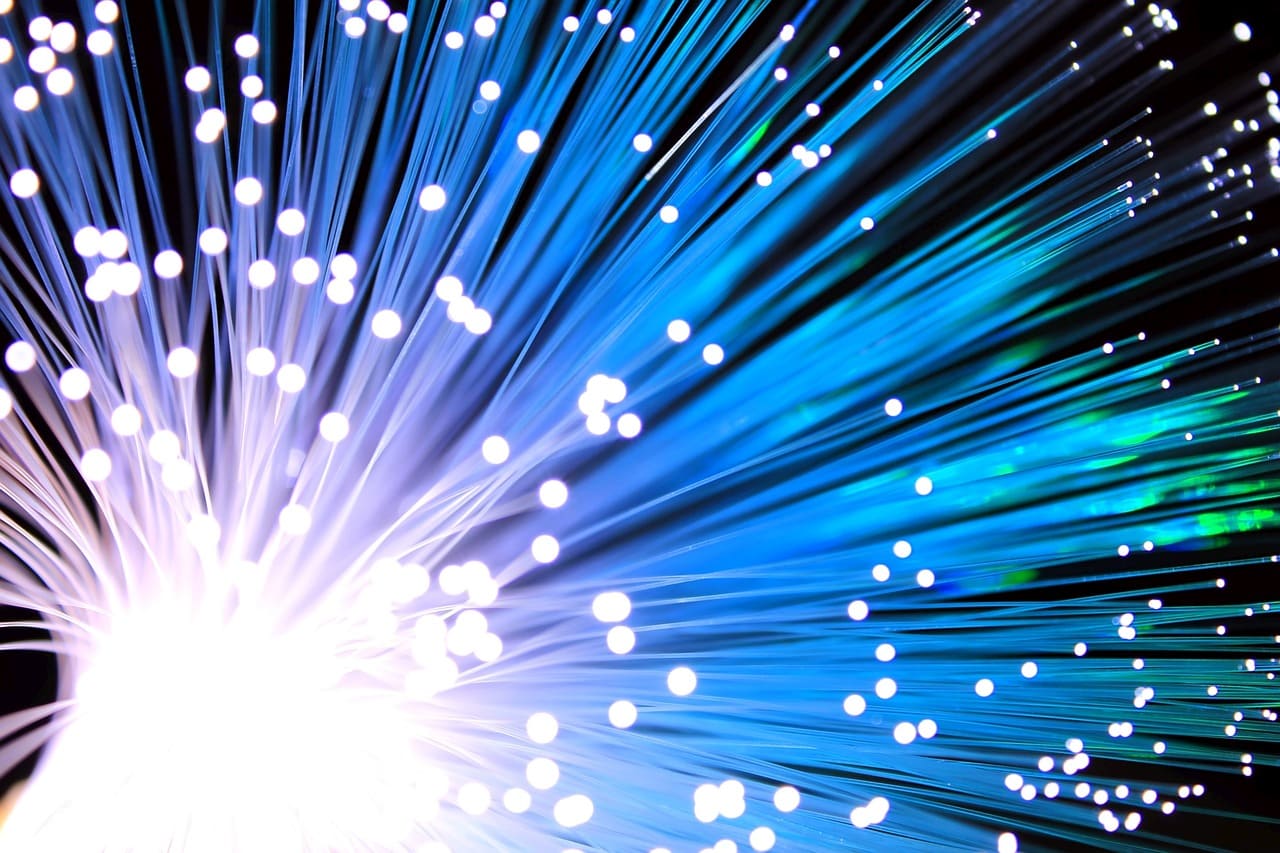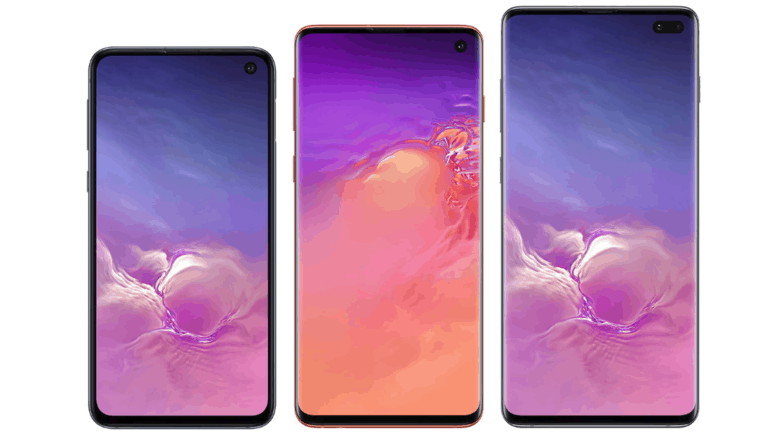Any links to online stores should be assumed to be affiliates. The company or PR agency provides all or most review samples. They have no control over my content, and I provide my honest opinion.
Fibreoptics, we’ve all heard of them, in fact, we’ve probably heard the term thrown around on TV so much in the last decade or so, we probably don’t even notice anymore.
However, fibre optics are a pretty big deal in the world of technology, helping many things work. In fact, your internet wouldn’t be what it is today without them, and the industry market size itself is expected to reach a value of 3.72 billion dollars globally by 2022. But what is it?
The history:
Originally developed by in the 1950s for endoscopes, these were initially made to assist doctors. The idea behind them was to allow a doctor to see inside a human patient without them having to undergo major surgery.
However as this progressed into the 1960s, those in the telecommunications industry discovered they could be sued to transmit and receive phone calls. Now, they’re present everywhere from pieces made by RS Components to items you don’t even think of.
What are they:
Even with a little background history, you’re probably wondering what optical fibre technology is. Well, optical fibres are long strands of carefully crafted glass, which are about the width of a single strand of human hair. These are then arranged into bundles, which create the optical cables that are used to transmit signals across long distances.
At the source of this transmission, the signals are encoded with data. This will be the data that eventually appears on your computer or television screen. However, these signals are in fact light signals, meaning that the data is transmitted via light. Therefore, in the lamest terms, fibre optics are the transmission medium (funnel), which helps to carry data at very fast speeds over very long distances.
How do they work:
Ok, so that’s all well and good, but you’re probably still wondering how they actually work. Well, the light used to transmit the signals from one end to the other actually bounce off the walls of the cables, from one side to the other, as they make their way from A to B. these light particles, known as photons, bounce continuously due to a mirror-like reflection inside.
The light beam then travels down the cable’s core, which is what’s at the centre of the cable and glass structure. There’s also the cladding, which is another layer of glass, which is wrapped around the core, which ensures that the light signals are kept on the inside.
Pros and cons of optic fibre technology:
Fibre optic technology comes with some benefits as well as some drawbacks like all other technology. Let us first have a look at some of its pros:
- The quality of the connection is a big benefit of the fibre optic tech. They are resistant to electromagnetic interference and therefore have very fewer chances of bit error.
- Fibre optics are scalable. Where you can turn on or turn off the wavelengths anytime you want. It allows for faster provisioning and quick scaling for businesses undergoing growth.
- Fibre optics are very much secured and therefore it is best for today’s businesses which are very particular about their security.
Those were some of the pros of fibre optic technology, now let us go through its cons and they are:
- Fiber fuse is something which happens when fiber optic becomes susceptible to something known as ‘Fiber Fuse’. This occurrence is very harmful because it can damage long length cycles in a very short span of time.
- Sometimes, fibre optic is a very delicate technology to use because both the fibre and the wiring are very thin. It can easily be cut due to accidents during rewiring and major renovations.
- Fibre cables can only send light through one direction. This is one of their major cons because bidirectional propagation of information, which could only be done when two concurrent lines are kept together.
Data transmission is an effective part of any industry, therefore it is wise to check properly before buying any kind of technology.
I am James, a UK-based tech enthusiast and the Editor and Owner of Mighty Gadget, which I’ve proudly run since 2007. Passionate about all things technology, my expertise spans from computers and networking to mobile, wearables, and smart home devices.
As a fitness fanatic who loves running and cycling, I also have a keen interest in fitness-related technology, and I take every opportunity to cover this niche on my blog. My diverse interests allow me to bring a unique perspective to tech blogging, merging lifestyle, fitness, and the latest tech trends.
In my academic pursuits, I earned a BSc in Information Systems Design from UCLAN, before advancing my learning with a Master’s Degree in Computing. This advanced study also included Cisco CCNA accreditation, further demonstrating my commitment to understanding and staying ahead of the technology curve.
I’m proud to share that Vuelio has consistently ranked Mighty Gadget as one of the top technology blogs in the UK. With my dedication to technology and drive to share my insights, I aim to continue providing my readers with engaging and informative content.







